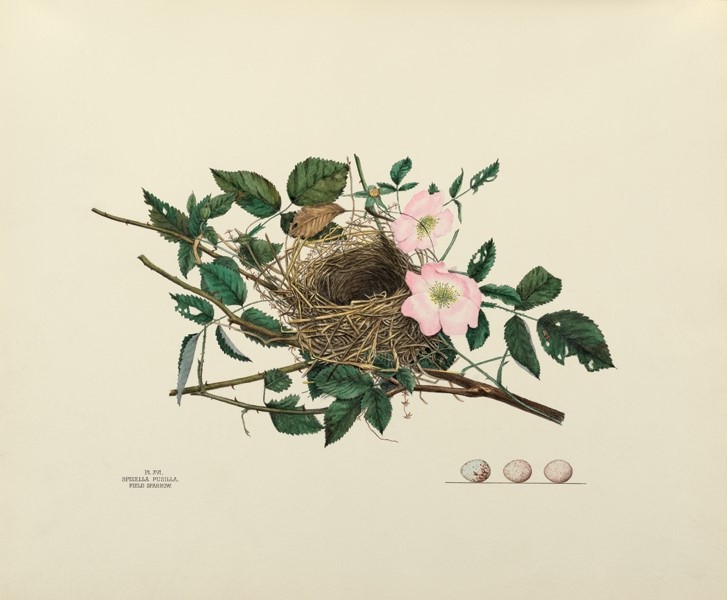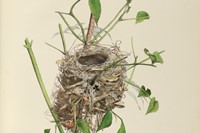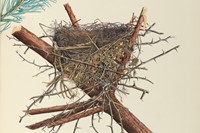From their ability to fly to their dulcet song and multi-coloured plumage, birds have long been the focus of human fascination, with evidence of bird drawings dating back as far as the Stone Age...
From their ability to fly to their dulcet song and multi-coloured plumage, birds have long been the focus of human fascination, with evidence of bird drawings dating back as far as the Stone Age. But it was not until the Victorian era, in line with a burgeoning interest in natural history, that ornithology developed as a specialised science. In the early 1800s ornithologist and artist John James Audubon famously set about documenting (in writing and coloured illustration) all species of bird in America in what would become his most famous work, The Birds of America. But a lesser-known story is that of a young woman named Genevieve Jones who, upon viewing Audubon’s masterpiece at the 1876 Centennial World’s Fair in Philadelphia, was inspired to carry out a childhood ambition: to depict the nests and eggs of such birds, previously neglected by Audubon and contemporaries in their studies.
"The depth and beauty of a nest seems to depend more upon the materials at hand, the experience, genius, and hurry of the workers, than upon any other circumstances, each pair of birds shaping their home after their own ideas"
The tale of Jones and her ensuing publication, Illustrations of the Nests and Eggs of Birds of Ohio (her hometown), is both tragic and inspiring. Funded to produce the work by her doting father, Jones began learning the art of lithography, beautifully illustrating eggs and nests (collected for her by her brother Howard) from the family barn. It was arranged that the book would be sold by subscription in 23 parts, and its future looked bright following the release and critical acclaim of the first installment. However, Jones was unexpectedly struck down by typhoid, after completing just five plates, and died three weeks later. Her grieving family decided to complete the book in her memory, her mother and brother taking on the labour-intensive task of writing and illustration. By 1886, the work was finished, but financial restraints meant that only 90 copies of the Jones' accomplished labour of love were ever produced, and only 20 are known to exist today, accounting for its relative obscurity.
This is set to change, however, thanks to America's Other Audubon, a new publication by Joy M. Kiser, which not only sheds light on the Jones' family story but also allows readers to view the full series of plates, enchanting in their intricate observations and delicate colour palette. Howard Jones' accompanying text warmly describes "the depth and beauty of a nest," which "seems to depend more upon the materials at hand, the experience, genius, and hurry of the workers, than upon any other circumstances, each pair of birds shaping their home after their own ideas." This statement is perfectly illustrated by the wide variety of nests included, from that of the Field Sparrow, made from weed stems and lined with horsehair, and positioned in a wild rose bush to that of the "quarrelsome and noisy" Red-headed Woodpecker, which favours tree cavities over conventional nests.
America's Other Audubon by Joy M. Kiser is published by Princeton Architectural Press and is available now.
Text by Daisy Woodward



